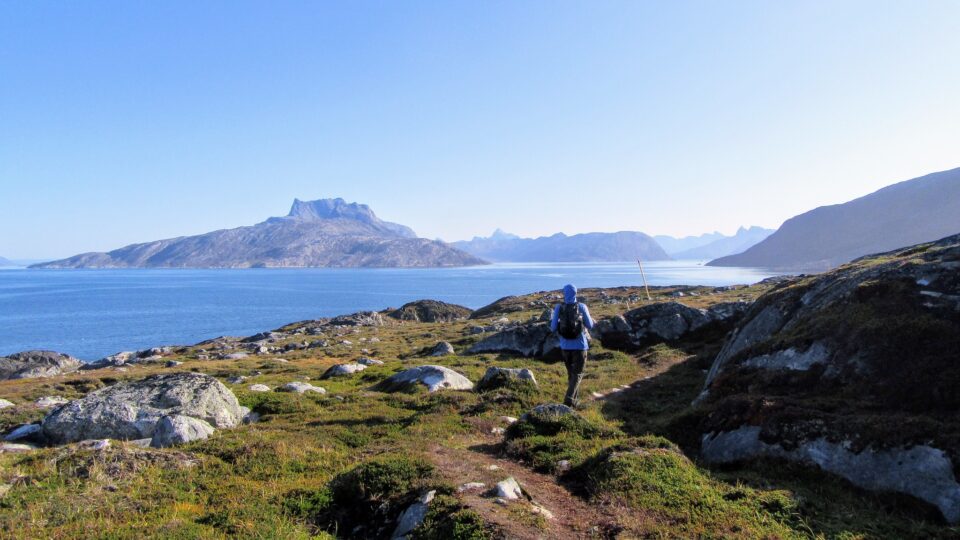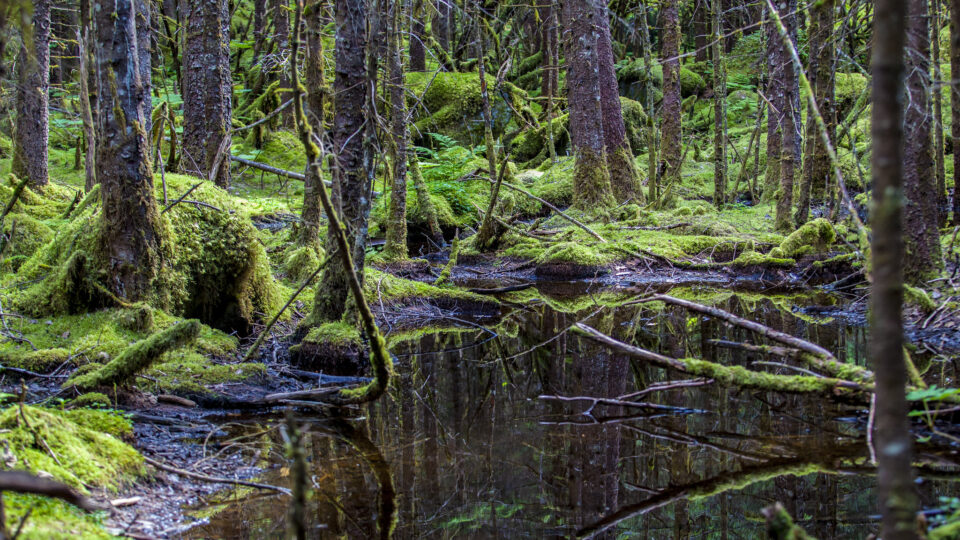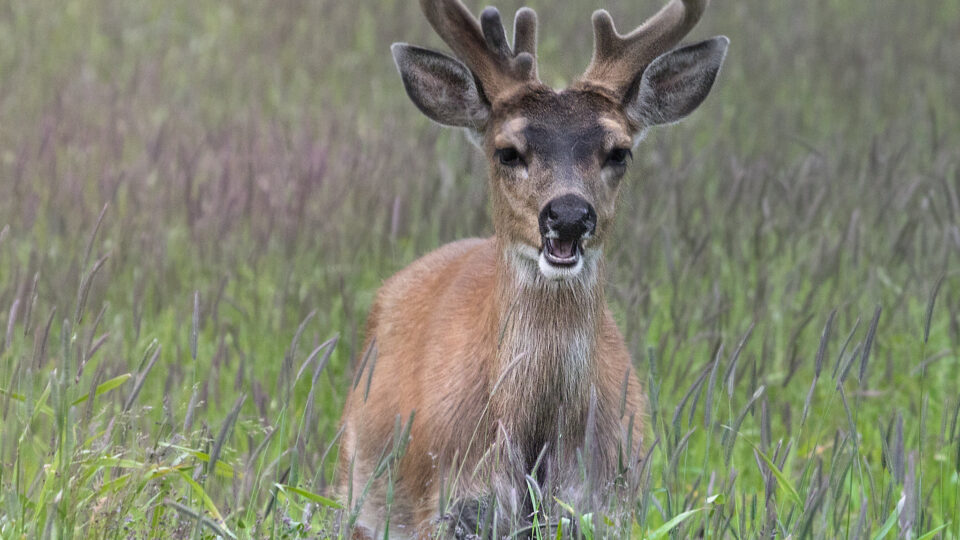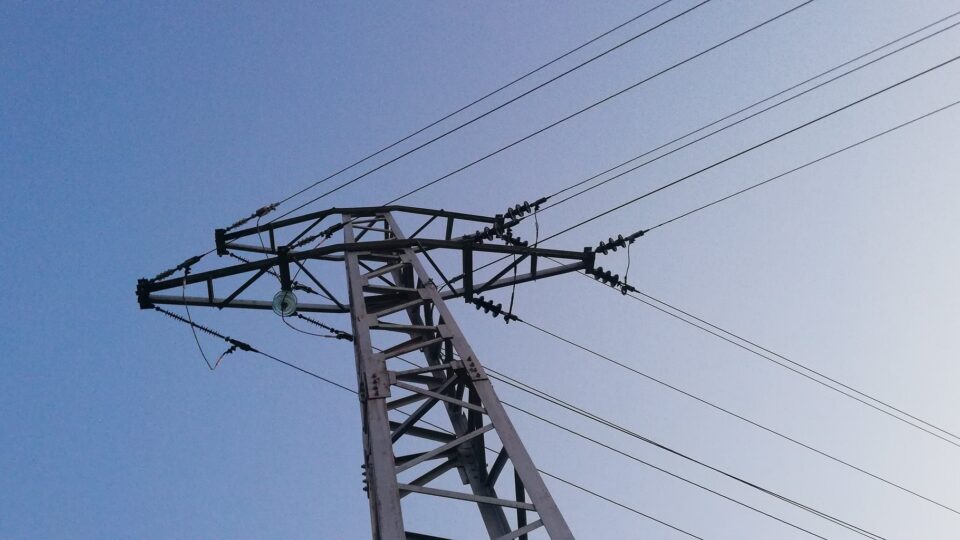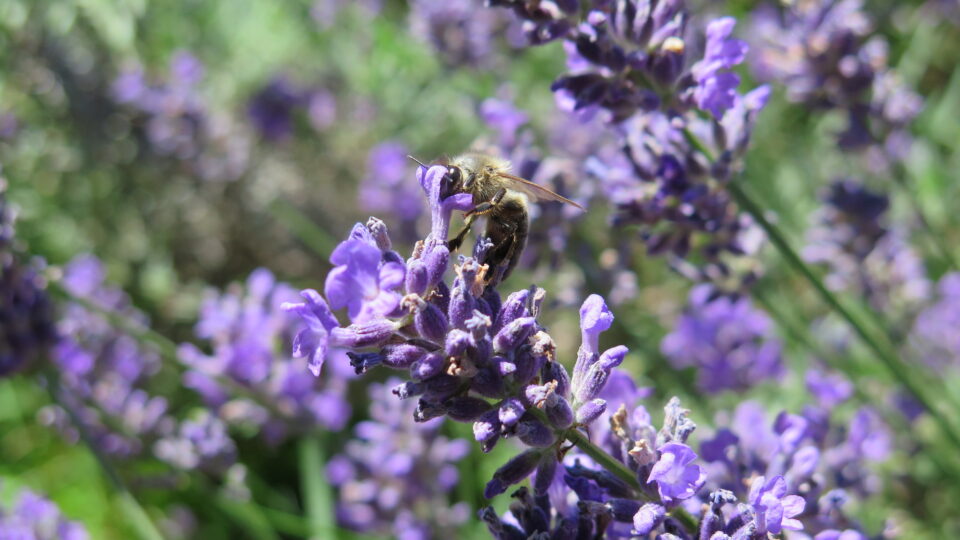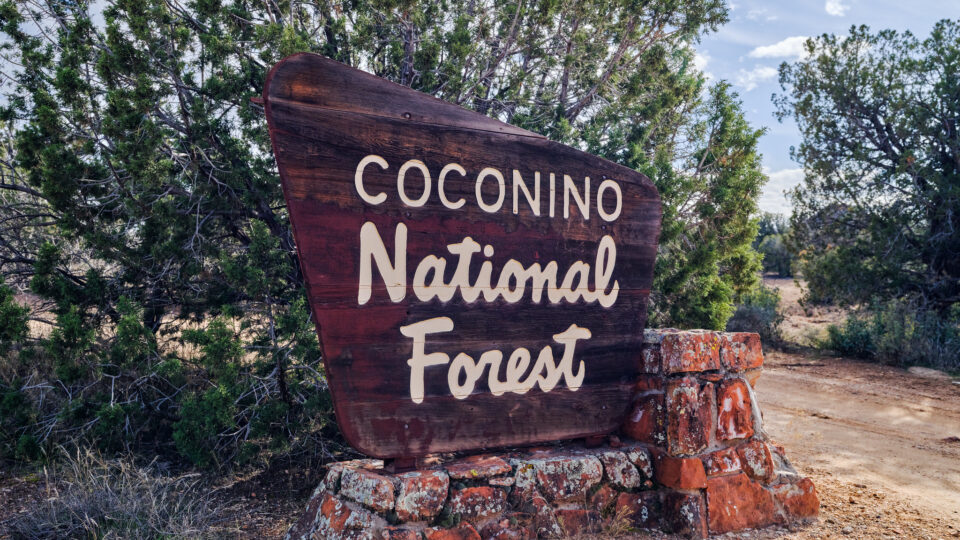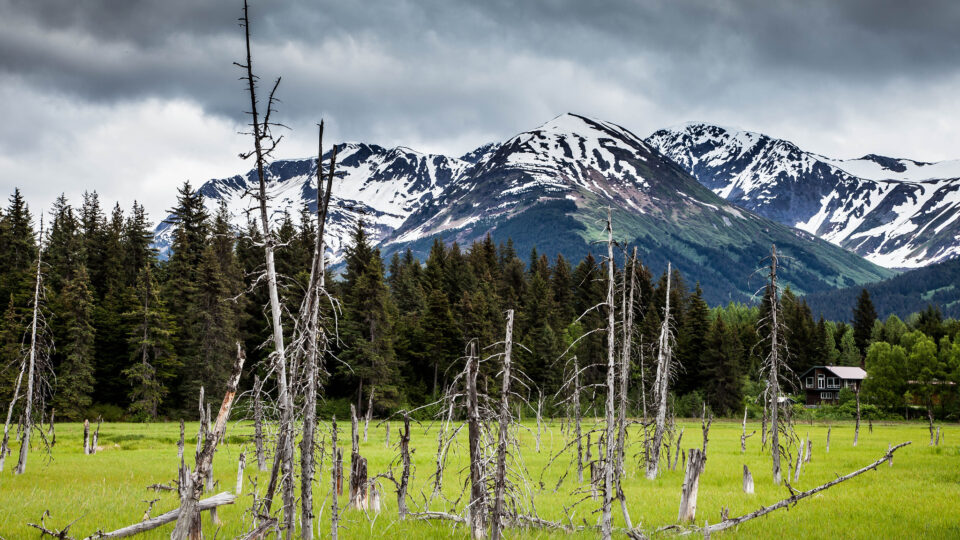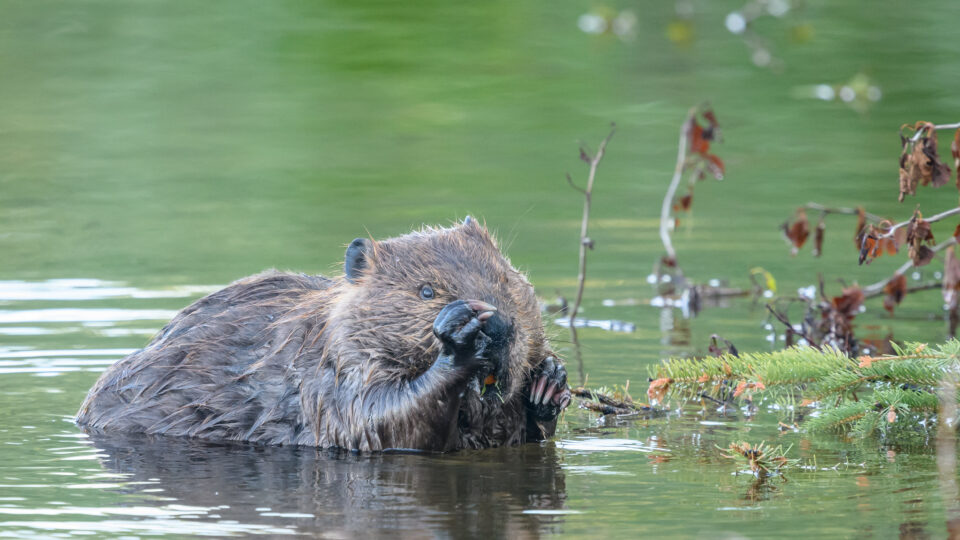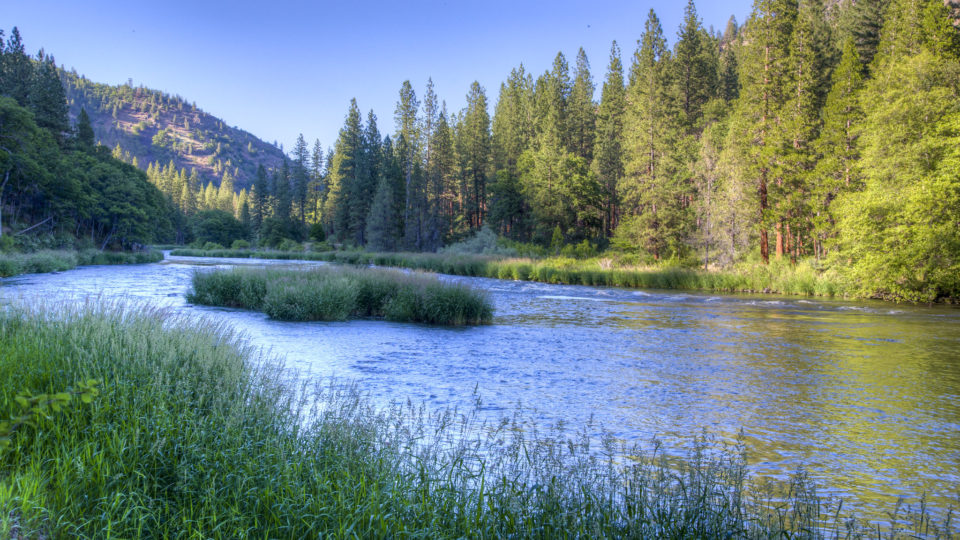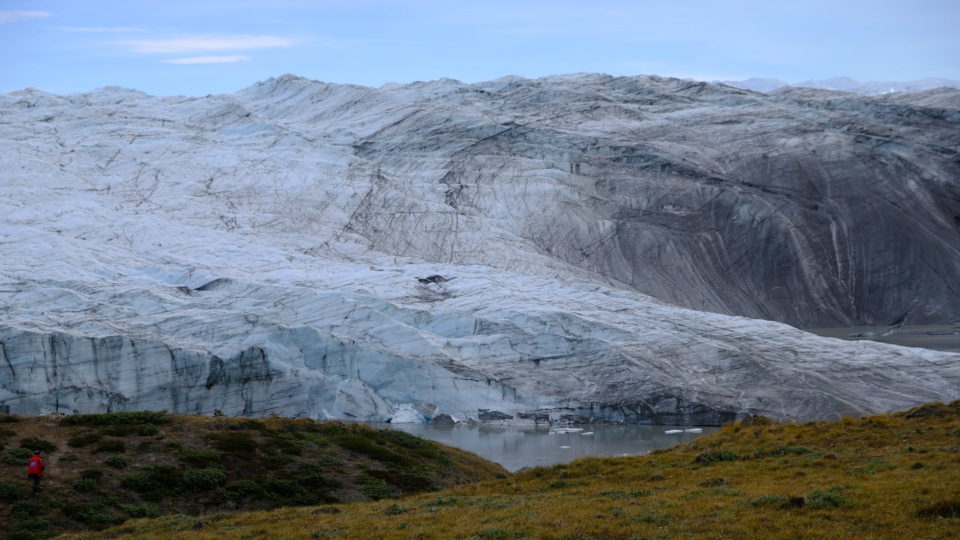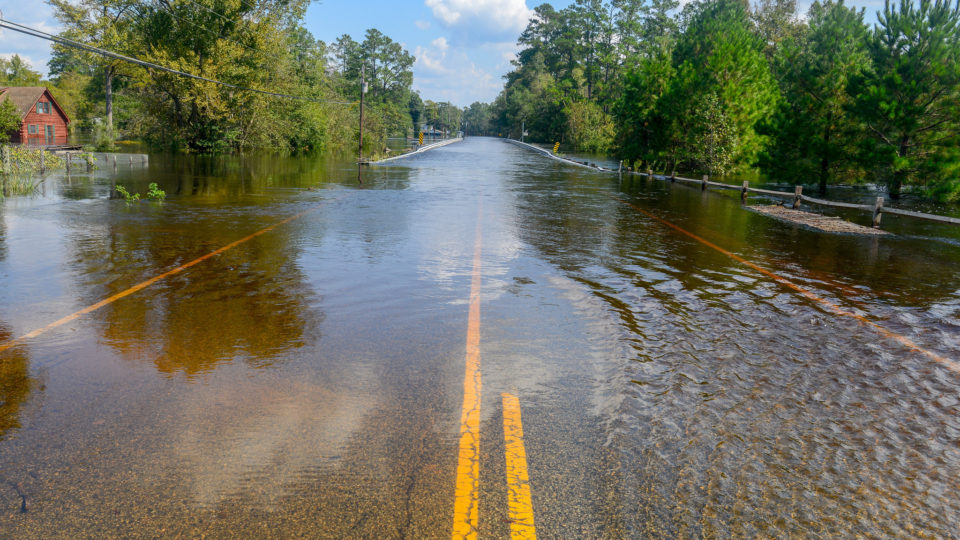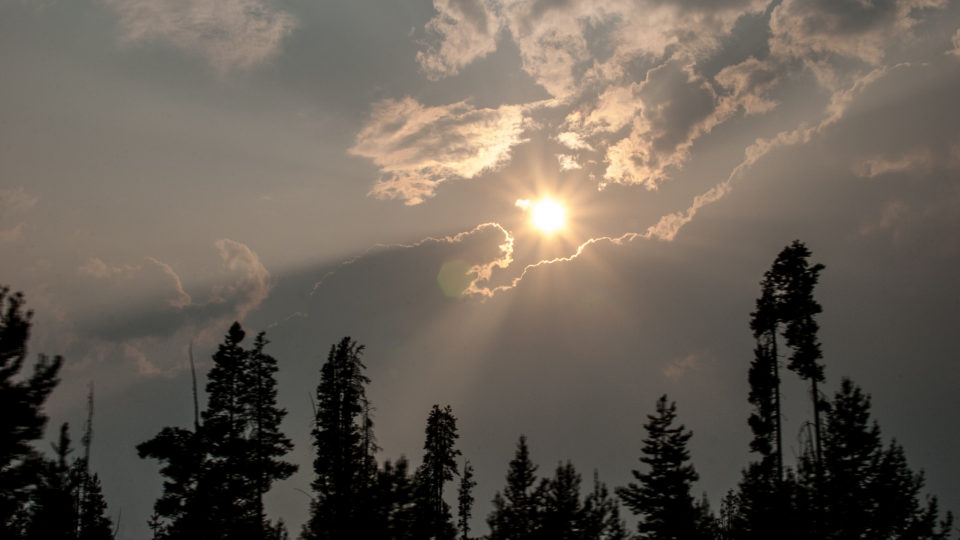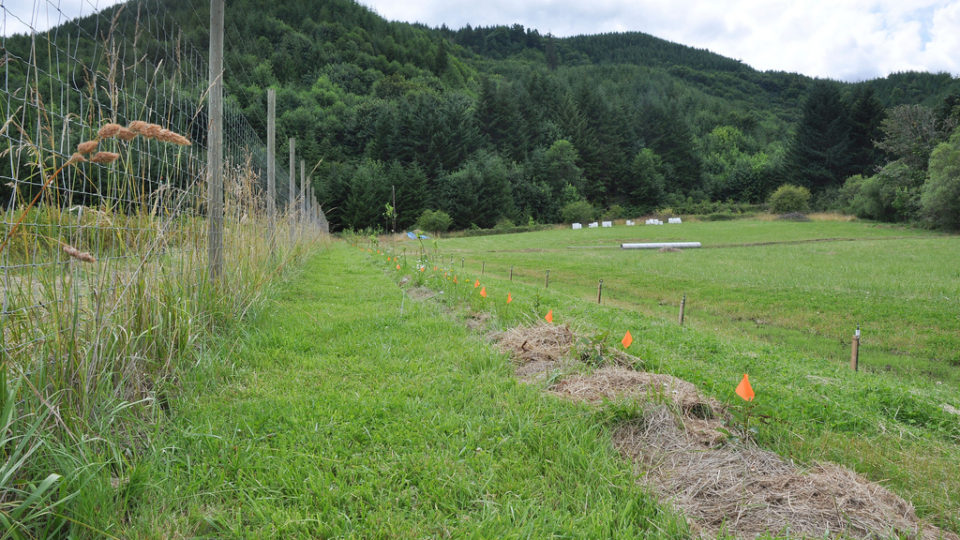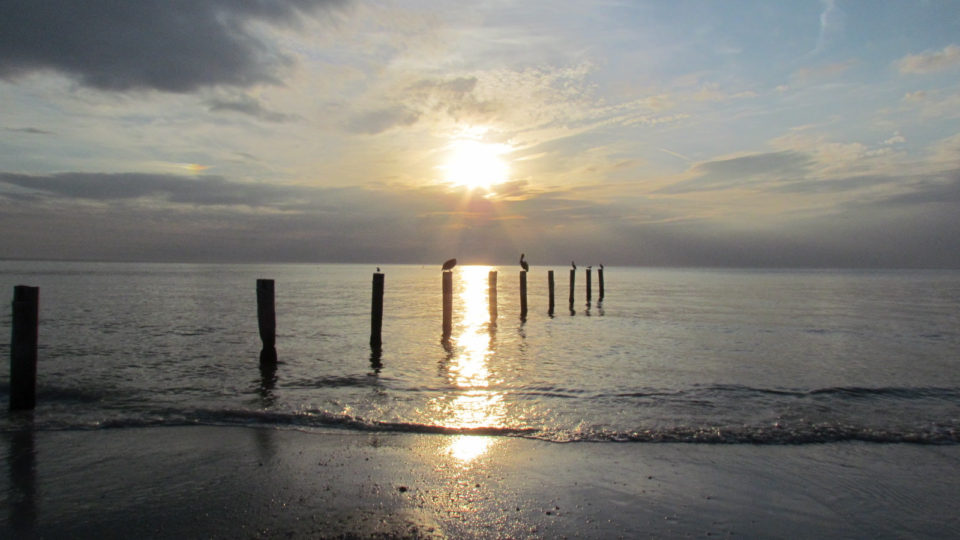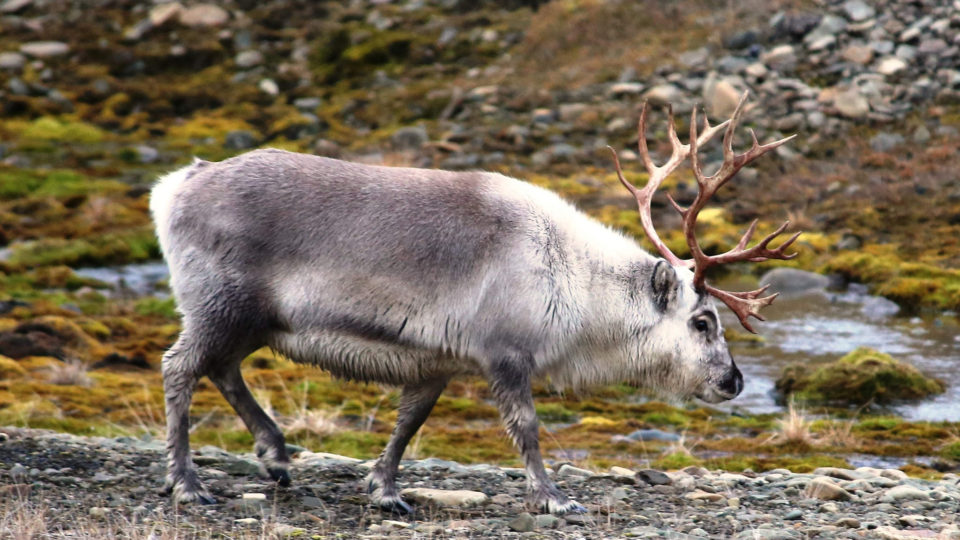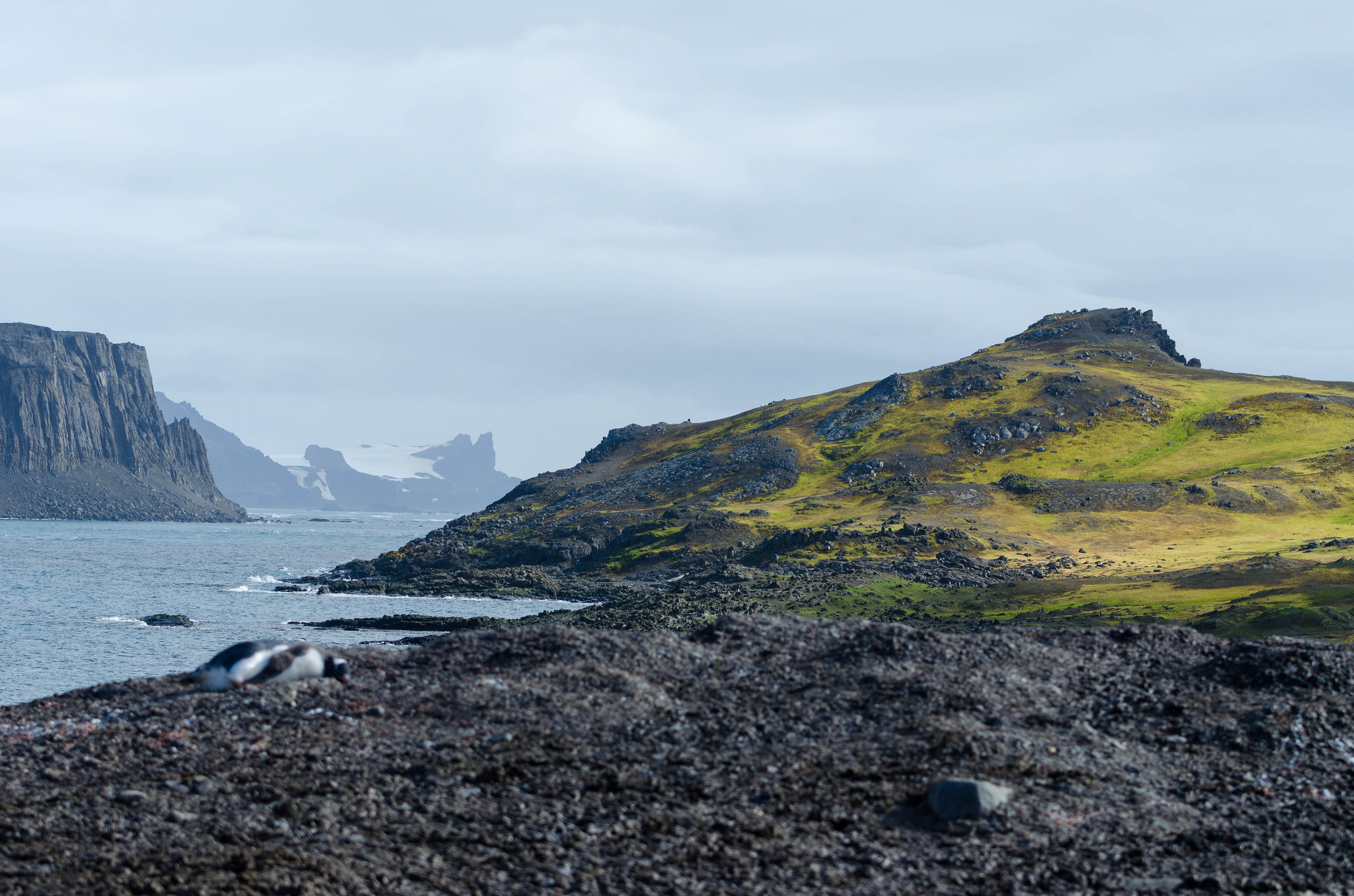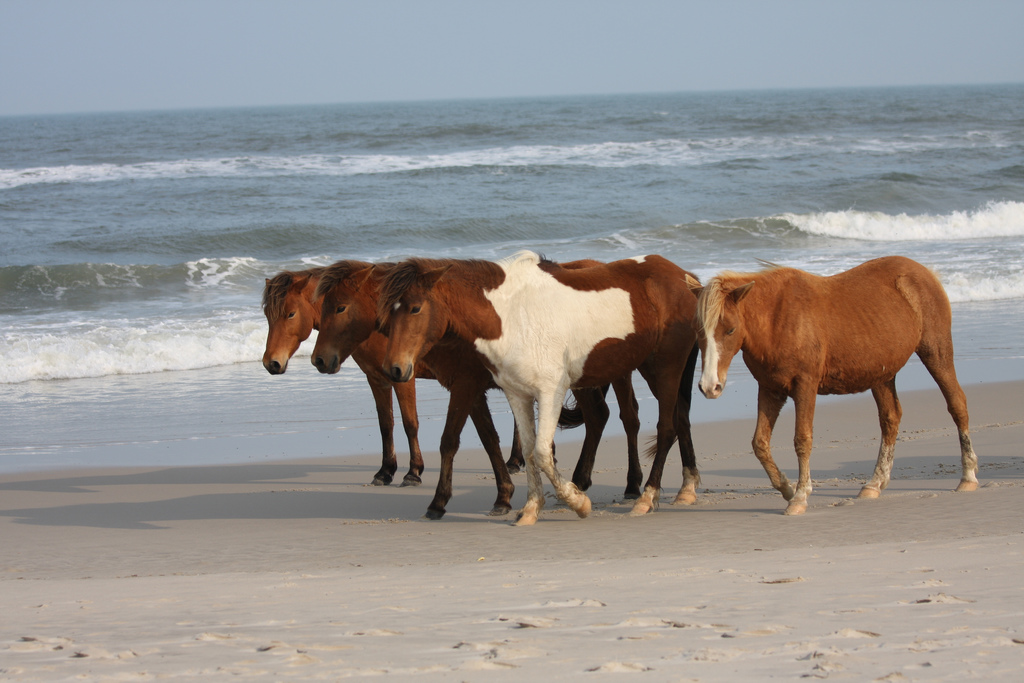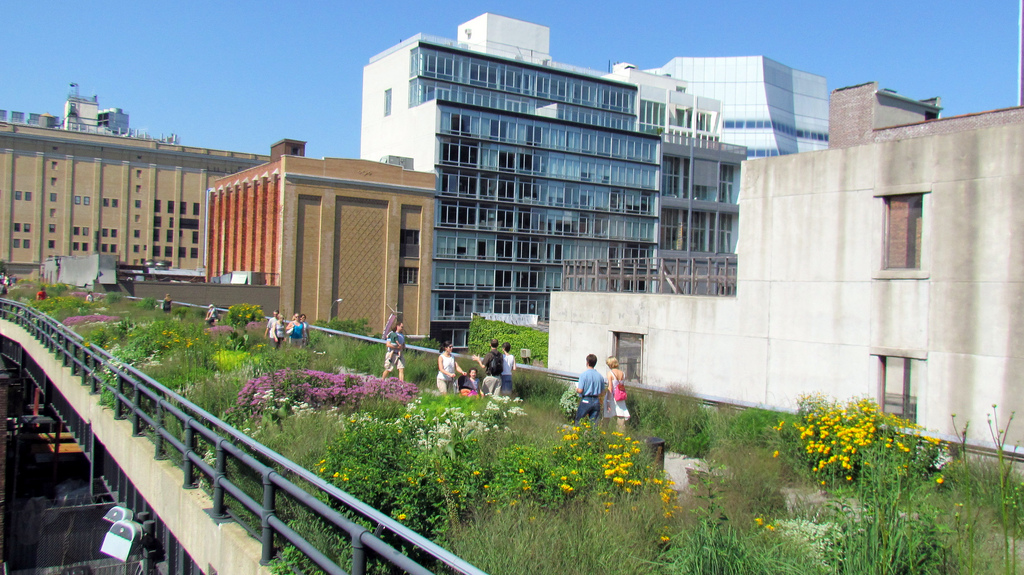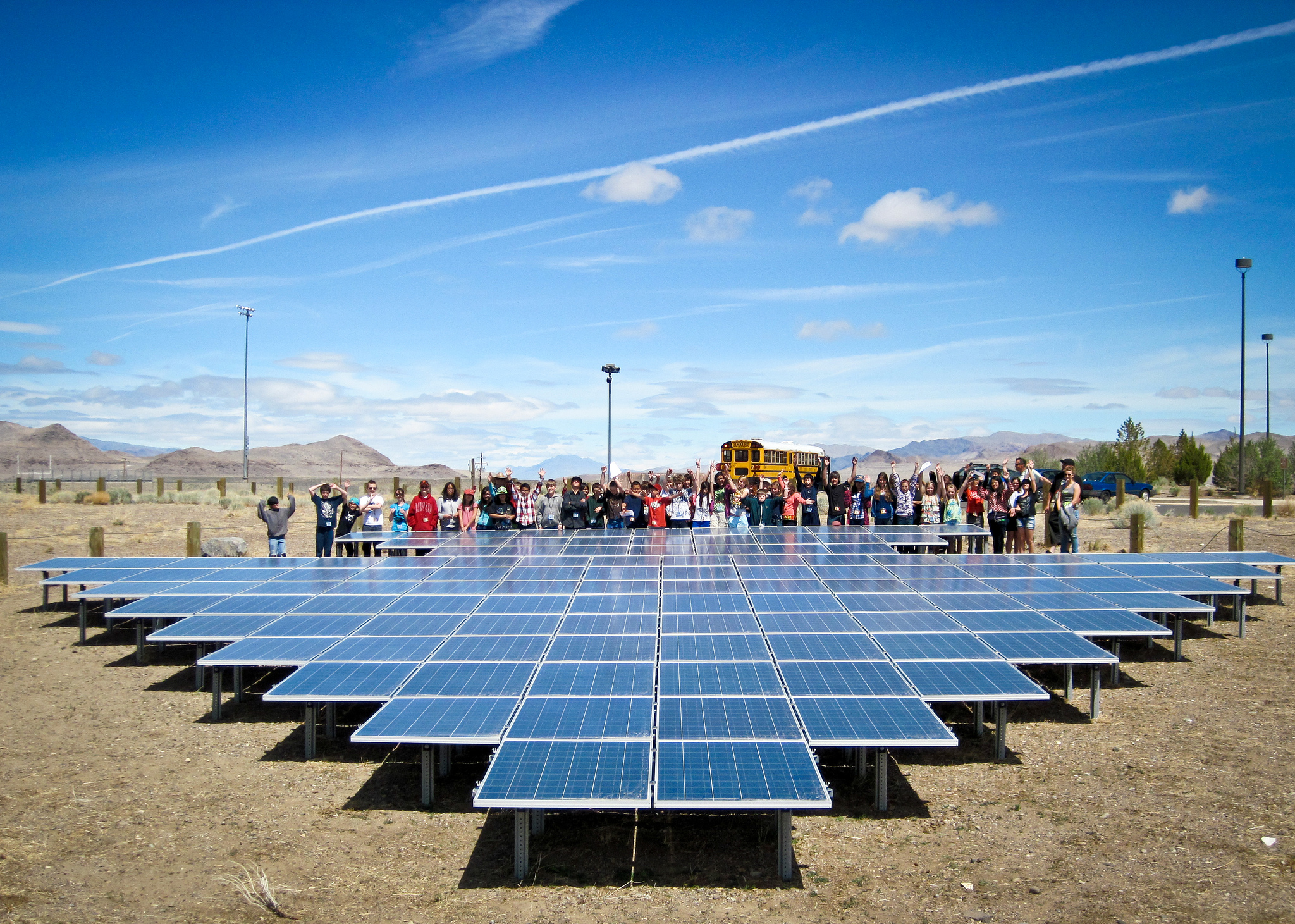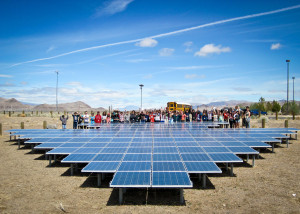Despite their names, Iceland is very green, and Greenland is very icy. But in Greenland, that is changing. Temperatures in the world’s largest island are rising twice as fast as they are in the rest of the world and, as a result, the icy rocky landscape is turning increasingly green.
Satellite records reveal that over the last three decades Greenland has lost 11,000 square miles of ice, which is an area about the size of Massachusetts. As the ice melts off, tundra and shrublands takes its place. The ice melt moves sediment and silt and eventually wetlands and fenlands are formed.
Between the late 1980s and the late 2010s, the areas of Greenland covered by vegetation have more than doubled. The new green areas cover roughly 33,000 square miles, which is an area the size of Maine.
Greenland’s dramatic changes are the result of the warming climate, but in turn, those changes are accelerating climate change. Land covered with dark green vegetation absorbs more energy from the sun thereby warming the air whereas ice-covered landscapes reflect much of the sun’s energy back into space. In addition, the rapidly expanding wetlands are a significant source of methane, which traps even more heat in the atmosphere.
Greenland is a poster child for the effects of climate change. Its glaciers and icecaps are shrinking, glacier-fed lakes are expanding, permafrost lakes are draining, and rivers are transporting vast amounts of sediment and widening. All of this is going on as its vegetation cover and species diversity is expanding.
**********
Web Links
In Icy Greenland, Area Covered by Vegetation Has More Than Doubled in Size
Photo, posted September 20, 2019, courtesy of Amanda via Flickr.
Earth Wise is a production of WAMC Northeast Public Radio
